Online marketing promises a holy grail of customer acquisition where you can flip a switch and watch leads waltz through the door.
But that fairytale notion is becoming exceedingly rare and infinitely more difficult to achieve.
More than 60% of marketers say their Facebook Ads aren’t working.
So the try organic posting. But, Facebook organic reach is hovering at just 2%.
Social media traffic in general? It’s half of what it was just a few years back!
What about pay-per-click (PPC)? In 2018, the average display conversion rate is less than 1%.
Email marketing is great…
…if you can reach prospects through the noise of the 121 emails they get daily (not including promotional ones).
So, what’s left? Search engine optimization?
With 55% of marketers saying that growing their website traffic is their number one priority, it’s becoming more competitive than ever before.
More specifically, 61% stated SEO and building their organic presence as their top project.
Every single modern advertising method is going through the same cycle of conception, testing, success and inevitable saturation.
Meanwhile, we’ve completely ignored dozens of old-school marketing tactics, getting caught up in the inbound noise.
We’ve left them in the dust where “they belong.” But they’re making a resurgence.
Here are four old-school tactics that are making a comeback in this currently saturated landscape.
1. Direct mail produces massive average ROI
Did you know that the average American worker gets over 120 emails every single day? That’s just for work.
That’s not including the 49.7% of emails that people get, which is filed under their spam or promotional folders.
People are getting hundreds of them a day beyond just work.
And they’re sending 40+ business emails daily.
According to the Washington Post, the average person spends 4.1 hours every single day on their email account.
That adds up to more than 20 hours weekly.
Using their online calculator, you can plug in simple numbers and get estimates of how many hours you will write work emails for in your entire lifetime.
It’s safe to say the data is shocking.
Even 79% of people say that they check their work email on vacations.
I know I’m guilty. It’s hard not to.
So, why does all this matter for old-school marketing tactics?
Because it proves the point that email is more saturated than ever.
And it shows a clear distinction between work emails and promotional emails.
People are ignoring promotions because they are already spending 20+ hours weekly on just business emails.
So all of your outreach emails to land leads, prospects, and sales are barely getting noticed.
People aren’t checking them. Not when they have 120+ business emails to respond to.
Breaking through the noise is becoming harder and harder. A fool’s errand.
Sure, if you can do it, it can pay off big time.
But with the current amount of saturation, it’s time to think of different ways to get attention.
And with direct mail, you can do exactly that.
Direct mail? I know what you’re thinking, is this a joke?
Absolutely not. In fact, the statistics proving it’s worth will shock you.
Let me explain:
First, direct mail volume, as in the amount of direct mail sent, has declined heavily over the last decade:
Wait, Neil, I thought you were going to tell us good news?
While the decline in direct mail usage might seem like a negative, it’s the exact opposite.
Why? We’re trying to avoid saturation.
In fact, the fewer people sending direct mail, the better. It means less competition for you.
According to the DMA, direct mail is thriving still. Over 100 million adults made a catalog purchase in 2016.
And of those who receive catalogs, 42% read them. That’s a high open rate compared to emails.
Well, what about direct mail response rates? They average at 5.3%.
Compare that to email and PPC marketing that average at just 0.6%.
To add to its efficacy, 70% of people think that direct mail is more personalized than online interactions.
So, what about return on investment? The average ROI ranges from 15-17%.
You can bet that if you put hard work and effort into direct mail that you’d be seeing double that ROI, too.
Overall, the average response rate is 10-30x higher than digital efforts.
Don’t believe what people tell you about direct mail. It’s far from dead. While it may be outdated compared to online methods, the data proves it’s worth.
In a recent case study, Intronis, a cloud backup and data protection company, implemented direct mail efforts to reach big clients.
Why? Because Aaron Dun, the Chief Marketing Officer of the company was struggling with saturation.
He couldn’t reach the prospects he needed through typical marketing channels.
There was too much noise and too many competitors vying for attention.
Instead, he sent multiple direct mail pieces to each client in attempts to drive phone call engagements with his sales team.
Outlining his target prospects, he was able to ensure that his message was received.
The direct mail piece consisted of an Atari replicated unit, and a sticker saying “Intronis got game.”
Prospects who responded to the direct mail via phone or email outreach got pushed further down their funnel.
They were targeted for a second campaign, upgrading them to a new gaming system like a Playstation or Xbox.
Going even further, qualified prospects that were close to converting were sent $200 steakhouse gift cards.
It’s safe to say that they went all out.
But the result was worth the high cost of acquisition:
They generated a 35% conversion rate on their target outreach list.
With an initial group of 50 leads, they got 50% of them to schedule a 30-minute sales call with the sales team.
22% of the 50 target prospects converted into full-time customers.
Overall, their return on investment was 700%.
I know what you’re thinking: I can’t spend $10,000 on a direct mail campaign.
But let me ask you this: why not?
What if you generated a 35% conversion rate and those customers spent thousands with you over the course of a year?
Then your acquisition costs wouldn’t matter.
That’s exactly what happened to Intronis. Dun said:
“We’re willing to invest a little more in the acquisition of those customers because our expectation is that they are going to spend more with us. And, by and large, that has been the case.”
By focusing on lifetime value, they allowed themselves to spend more on acquisition, making a direct mail piece that would knock competitors out of the park.
And it clearly worked. Want to see the full story? Check it out:
This isn’t some one-off success, either. Conversion Fanatics, an SEO company, used direct mail to generate a 25% response rate and dozens of big-ticket clients.
Direct mail works and loads of companies are finding success with it.
You just have to get creative, think outside the box, and only focus on targeting big clients that would heavily impact your yearly revenue.
2. Use account-based marketing for big clients
Every marketer thinks they know “personalization.”
They slap a few [fname] brackets on their emails and call it a day.
But we all know that’s not real personalization.
Using someone’s name at scale is bottom of the barrel personalization. In fact, it’s just respect and common behavior.
It’s a weak attempt that customers see coming from a mile away.
Just because you’ve used their name doesn’t mean they will buy from you.
Not unless you use real personalization.
And data shows that the majority of customers prefer personalized offers.
Cookie-cutter marketing tactics won’t work in this saturated environment. And it’s definitely not going to stand out or build brand awareness.
Instead, you should be using account-based marketing. While it’s not directly old-school, it actually is:
Before the Internet, you had to talk individually to potential accounts. To woo them. To build real, one-on-one relationships.
And that’s what ABM is all about!
So, what exactly is it?
ABM flips the typical funnel on its head:
Where inbound marketing seeks to follow a buyer’s journey from awareness to purchase, ABM instead identifies targets beforehand.
You qualify prospects upfront, ensuring that you don’t waste money when your leads drop off further down the funnel.
You only target the best of the best and set yourself up for big wins and big clients.
ABM is a fundamentally different approach than standard inbound marketing campaigns.
With inbound, you are focusing on casting a massive net and roping in as many leads as possible.
With ABM, you focus on accounts as their own individual market.
This allows you to get extremely personal and build actual relationships with each prospect or target account.
Instead of blasting out email campaigns that aren’t personalized based on each prospect’s wants and needs, hoping to land a few percent, you send out individualized campaigns that directly tap into each account’s pain points for maximum impact.
Every marketing campaign you send is laser-focused on one account and their business.
Optimizely is a perfect example of this strategy in action. At a marketing conference, they unveiled their strategy of ABM and how they targeted 26 different accounts:
Using dynamic landing pages, they optimized each one for a different account. For example, in the image above, they targeted Microsoft as their own market.
Meaning Microsoft got a fully custom experience directly targeted to their specific wants and needs, rather than a generalized idea of those pain points.
Using that approach, they saw a 117% jump in account signups.
According to a survey, 97% said ABM had a higher ROI than other marketing mediums.
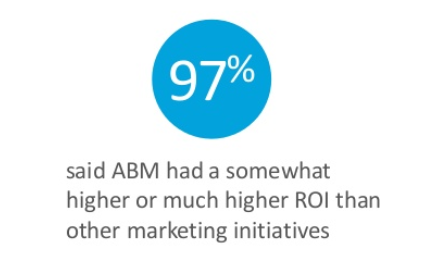
On top of high ROIs, 84% said it improved relationships between clients and their company:
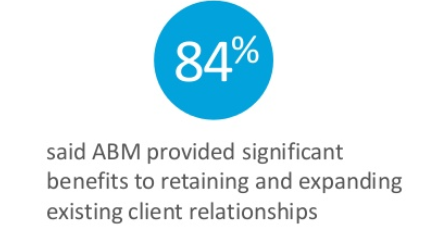
While ABM isn’t exactly old-school, it’s built on old-school foundations of actually talking to clients and servicing their individual needs.
To the days when business lunches were key to success.
According to Marketo, the average returns for B2B ABM are huge. Using personalized campaigns for target accounts, you can expect 33% conversion rates.
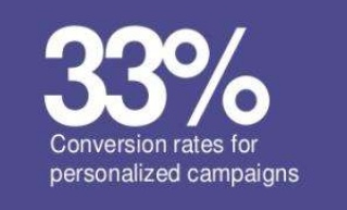
Plus, your qualified lead gen rate will explode:
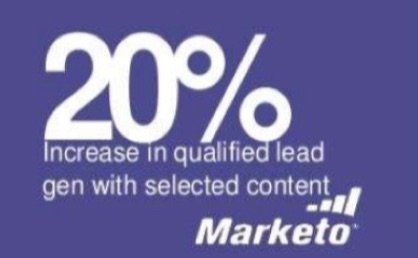
ABM is the go-to tactic that mimics old-school marketing with new-school efforts.
It follows a traditional model of a few key steps:
- Lay out your firmographics: what account demographics are most likely to buy from your business
- Find targets: identify businesses that could benefit from your product
- Produce content: create personalized content for each target account.
Once you’ve done those three steps, you can start to build real relationships that drive massive sales for your business.
Account-based marketing is thriving using old-school principles.
Combine it with direct mail and you’re on your way to building a huge business.
3. Attend a conference prepared for selling
Attending conferences used to be an amazing way to build connections that produced leads and sales.
It’s just like account-based marketing: you focus on a small list of people that you want to talk to in hopes of bringing in new business.
It’s old-school. It’s the classic way of business that’s all but been destroyed by inbound marketing.
But now when you bring up the idea, most people see it as a waste of time and money.
That couldn’t be farther from the truth. Most people just don’t do conferences right. They don’t have a plan.
They don’t have specific goals, objectives, and ways of reaching them.
Or they see it as too expensive. But remember:
Nothing is too expensive if your potential ROI outpaces your acquisition costs.
Spending $10,000 on a conference and business dinners is a no-brainer if you are likely to land five new clients, each paying you thousands a month.
By using a combination of direct mail, events, and telemarketing, one company generated a 300% ROI, landing 140 new clients.
HubSpot’s “unbooth” at Dreamforce generated 2,300 new leads and 362 product demos.
Attending conferences works.
You just have to come in ready and with a plan.
To start, begin by looking for conferences in your area.
Simple Google searches can net instant results for events in your niche:
For example, the first link gives me an interactive map of where the upcoming marketing conferences are being held:
It even provides a direct list of information including costs, direct location, description info, date range and website links:
Next, click on a conference that you think you’d want to attend or could attend for cheap in your immediate area.
For example, I selected the IBM Think 2018 conference in Las Vegas:
Directly on their website, you can start to look for sponsors and partners, giving you a clear idea of what types of companies will be attending:
With the sponsor list, I found an entire goldmine of company data:
From premium sponsors to multiple level sponsors, I can see exactly what companies are attending.
This single conference has hundreds of sponsors:
From smaller companies to massive accounts like Salesforce.
Now that you know exactly who’s attending this conference based on sponsors alone, you can start to research each company individually, seeing which ones are a good fit for your business.
For example, let’s say you have a SaaS tool. You sell heat mapping technology and want to land some big-ticket clients at this event.
You could use a site like BuiltWith, to analyze what software each company on that list uses:
Maybe they are even using your competitor.
You can then leverage this information into a sales pitch, undercutting them and potentially landing yourself a game-changing client.
Repeating this process of research based on your own company and product, you can identify exact targets to make connections with at the conference for big returns.
4. Pick up the phone and start dialing
In October of 2016, mobile and tablet traffic online passed traffic from desktops:
This historical change to the way we thought about Internet traffic has some serious implications.
Currently, 51%+ of traffic is now mobile and tablet based.
More than 50% of Google searches are done on mobile phones.
Almost all Facebook browsing is done with mobile apps, too.
The fact of the matter is, mobile traffic is exploding. And mobile searches lead to phone calls.
A new report found that 75% of phone calls to a business come from smartphones.
Mobile search is the main driver of calls out of any medium or source:
Now is the time to start picking up the phone and start dialing.
The old-school medium of phone calls is making a resurgence. And the numbers are positive.
That same report found that calls have, on average, 30-50% conversion rates. That’s virtually unheard of in most other mediums.
And current marketing technology for phone calls is outstanding.
One of my favorite tools to use to integrate old-school efforts of phone calls to online efforts like landing pages is CallRail.
Using CallRail, I can track each visitor on my site individually, generating a diverse profile of information from their phone number to location and their exact web session:
Meaning I can tell what pages drove interest.
Which ones sparked a desire to browse more.
And most importantly: what products, services, or content topics kept them on my site.
All of that data is invaluable in marketing.
It helps you sell with ease as you can quickly address pain points without asking tiresome questions.
By using CallRail’s Keyword Pool feature, every visitor on your site gets their own phone number, tracking their page views, keywords and interest:
With a tracking number, users that call into your business will be recorded on your dashboard with all of their information, too:
Now all that’s left for you to do is pick up the phone and start dialing.
Contact your customers and reach them on a medium that converts well.
Use your data to your advantage.
Knowing their browsing history will give you clues into their interests and even their funnel stage.
For example, are they a return visitor? If so, how many times have they visited your site?
Data shows that on average, users take 7-13 touches to become a lead.
Next, look at their specific history. For example, are they just reading your blog posts?
If so, they are likely still at the top of your funnel. They are becoming more brand aware with each visit.
If they start to view product pages and pricing or click on lead magnets, you can tell they are further down your funnel, nearly ready to convert.
Phone calls are a great way to connect with prospects.
In fact, according to State of Inbound, the most successful channel to connect with prospects is via phone:
And that goes for every single level of seniority in your company.
Phone calls can help you drive tons of sales, even in 2018.
Conclusion
Online marketing promises the world at our fingertips.
We click a few buttons, flip a few virtual switches and campaigns are live, published to the masses.
But soon, the traffic stops. Or it simply “doesn’t work.”
Why? Saturation.
As tactics start to become commonplace, they produce diminishing returns.
What worked five years ago doesn’t work with as much efficiency today.
You can’t run a banner ad and expect everybody to click it.
Meanwhile, we’ve all but neglected old-school methods like direct mail, account-based marketing and more.
But that’s actually a good thing. With everybody focused on inbound tactics, old-school ones aren’t as saturated as they once were.
In fact, customers are more receptive than ever to them.
To get started, consider running direct mail campaigns. They produce a 15-17% ROI on average. The average response rates are 10-30x higher than digital efforts.
Combine that with account-based marketing and you’ll be landing big clients in no time.
Consider attending a conference. They are still alive and well.
If all else fails, pick up the phone and start dialing. And most importantly of all:
Tie back old-school methods with new-school efforts like landing pages.
Sometimes, the old, forgotten marketing tactics can produce the best results.
About the Author: Neil Patel is the cofounder of Neil Patel Digital.
from The Kissmetrics Marketing Blog http://ift.tt/2piyn88
via IFTTT
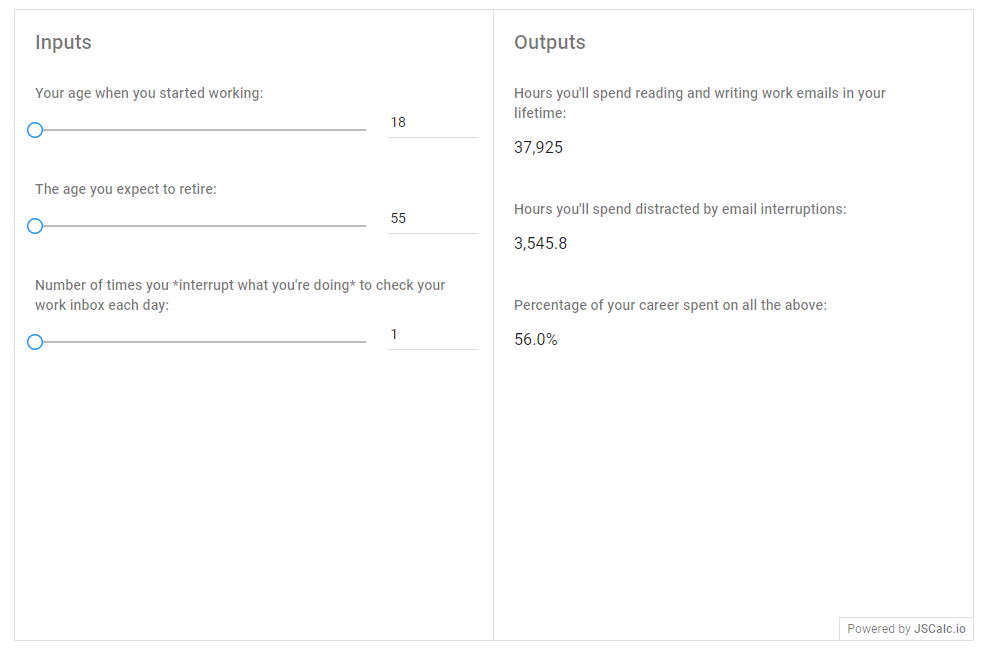
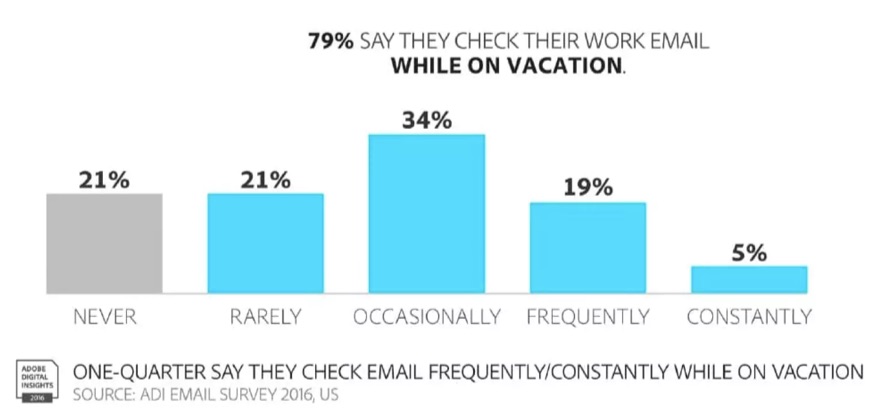
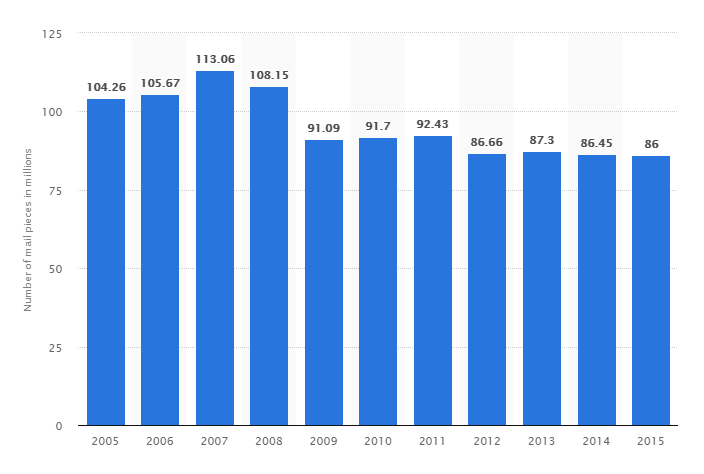

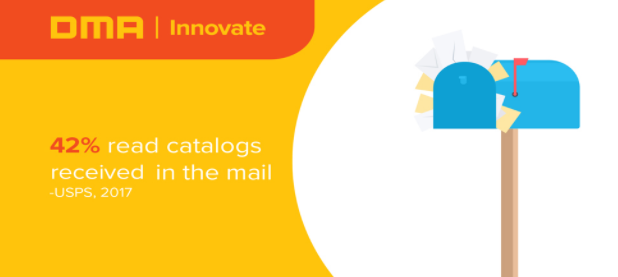


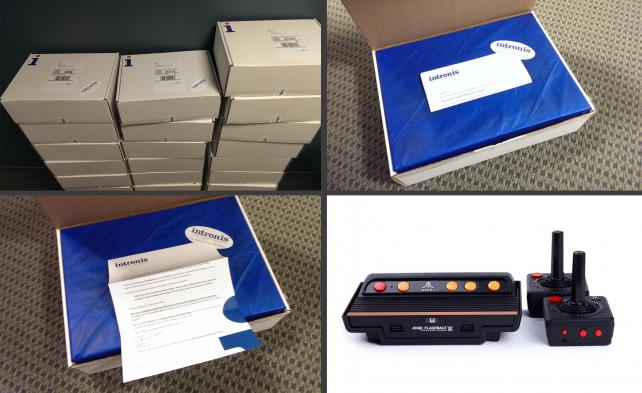

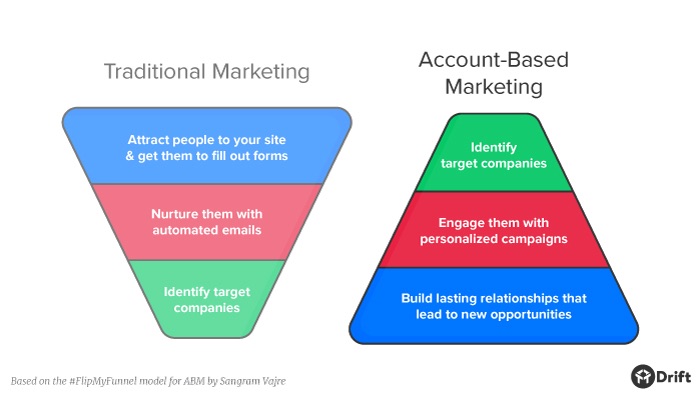

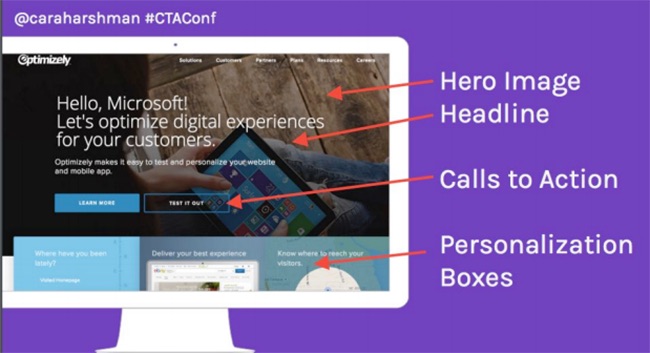

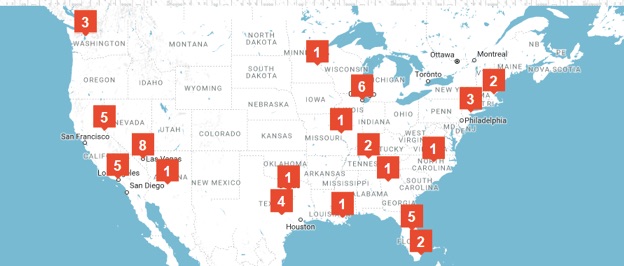
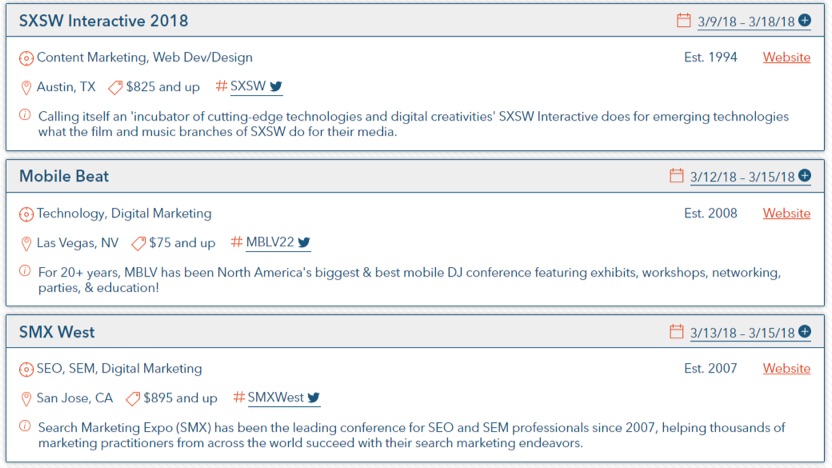

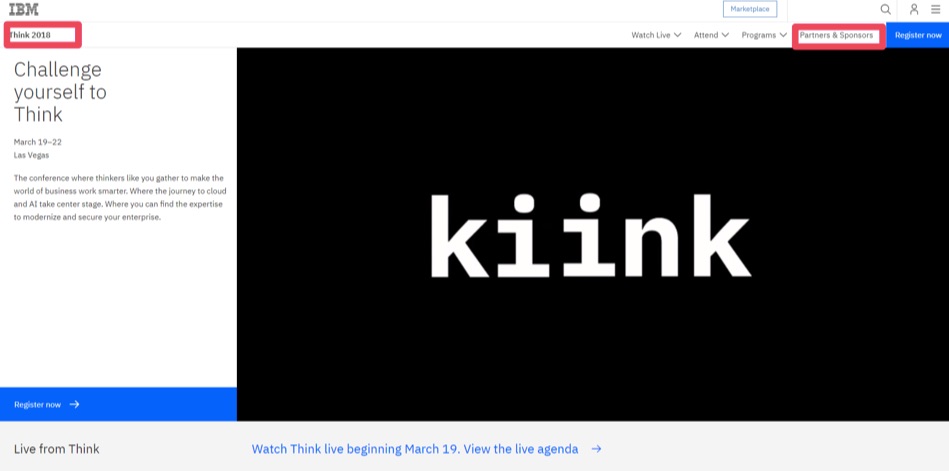
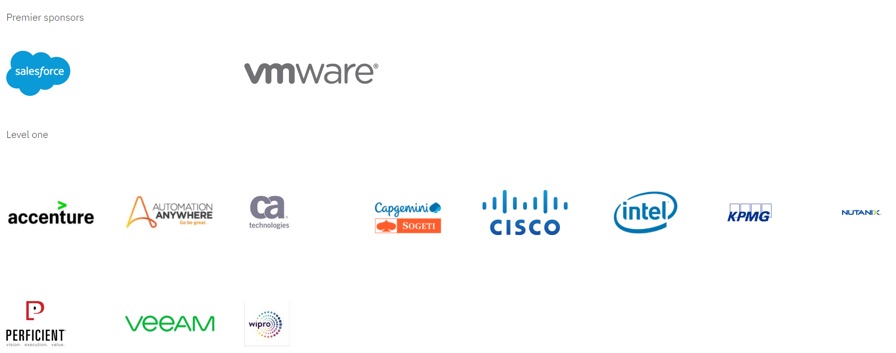
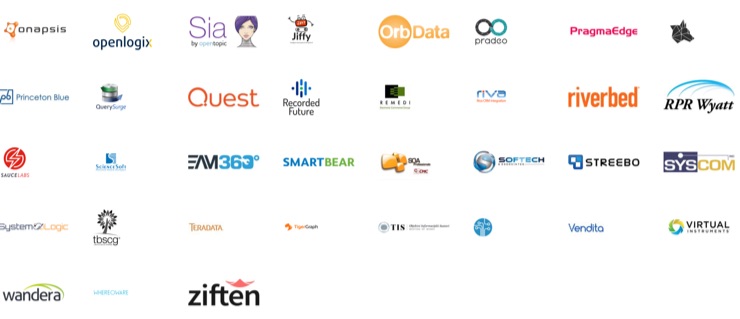

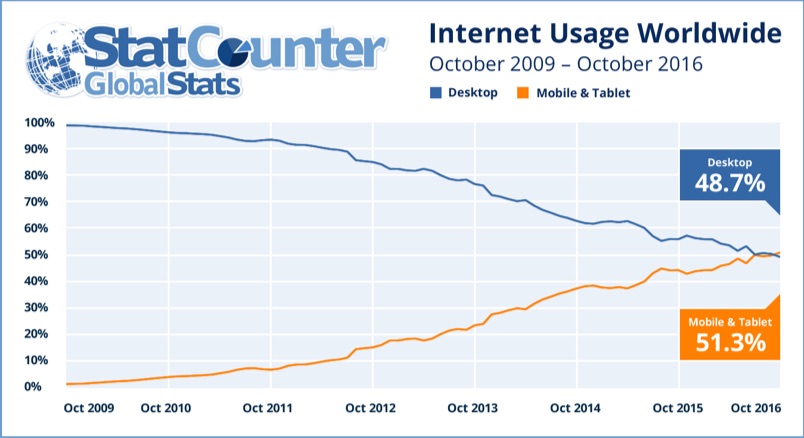
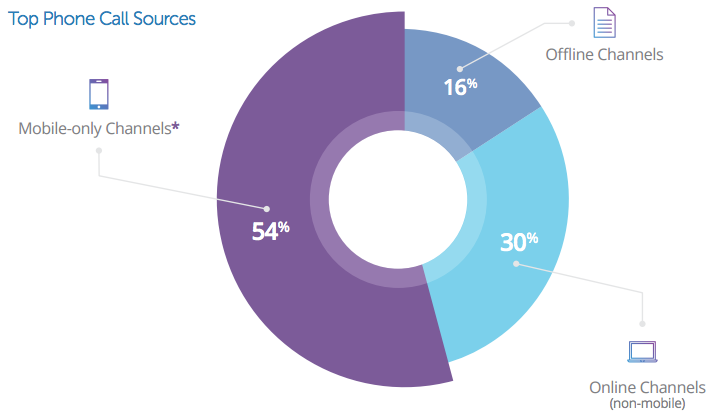
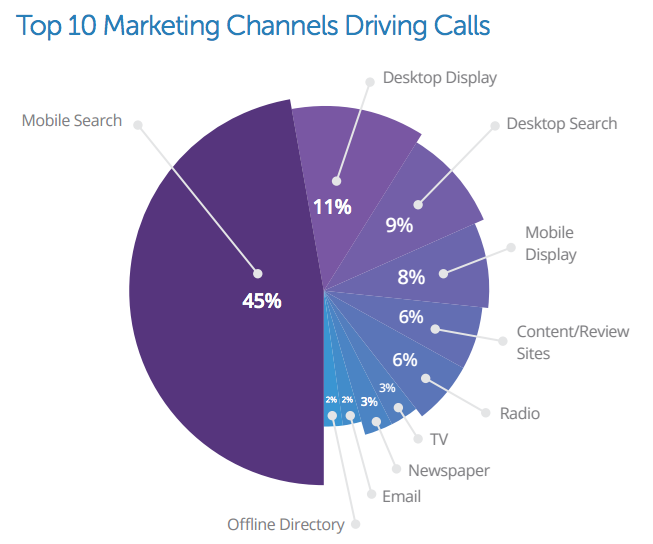
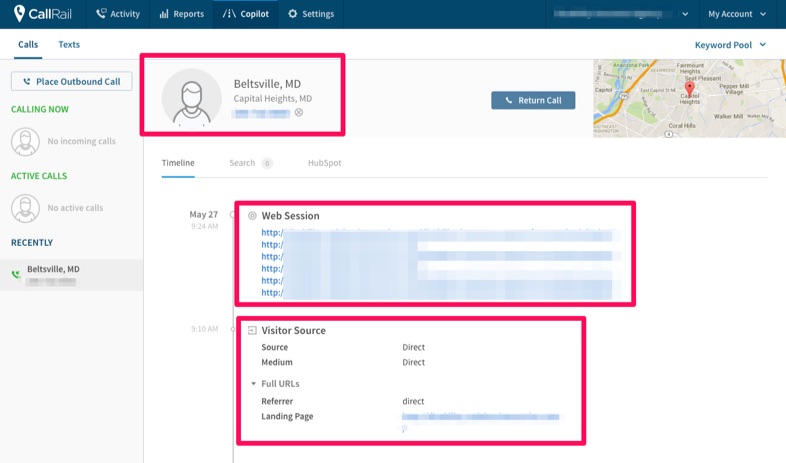
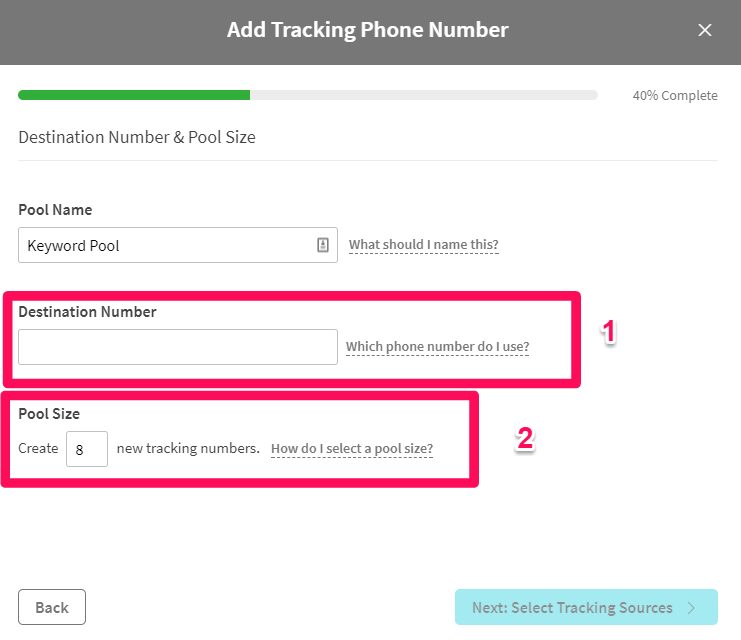
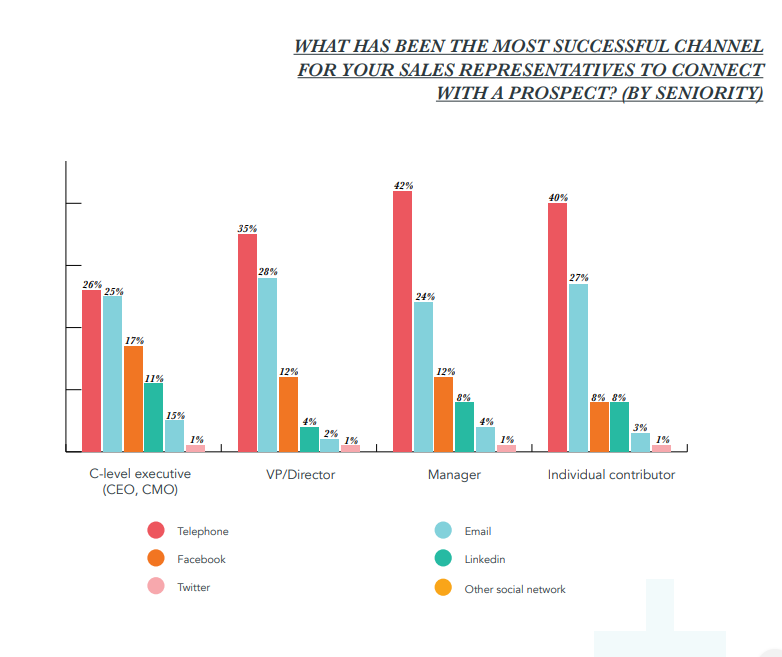
No comments:
Post a Comment